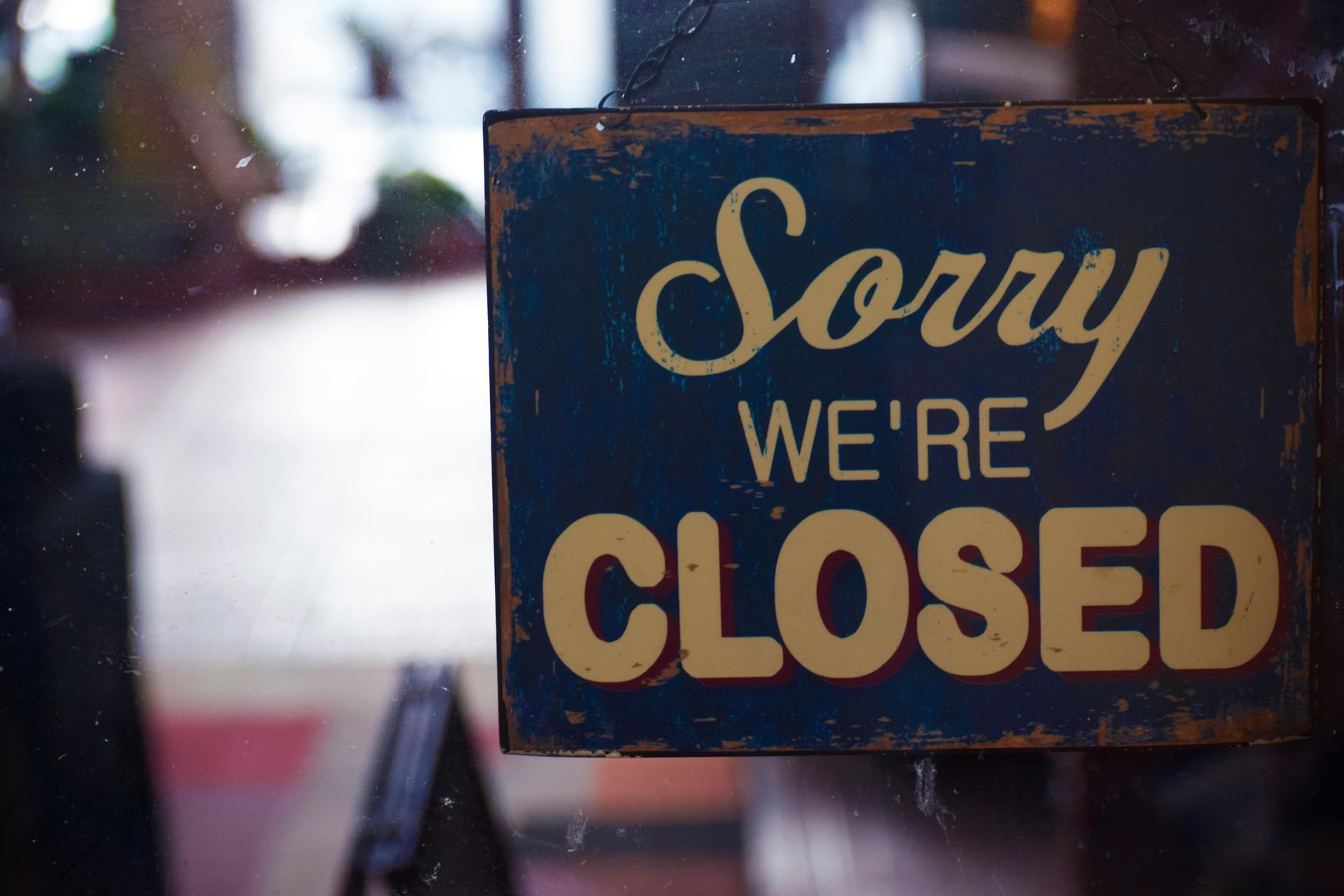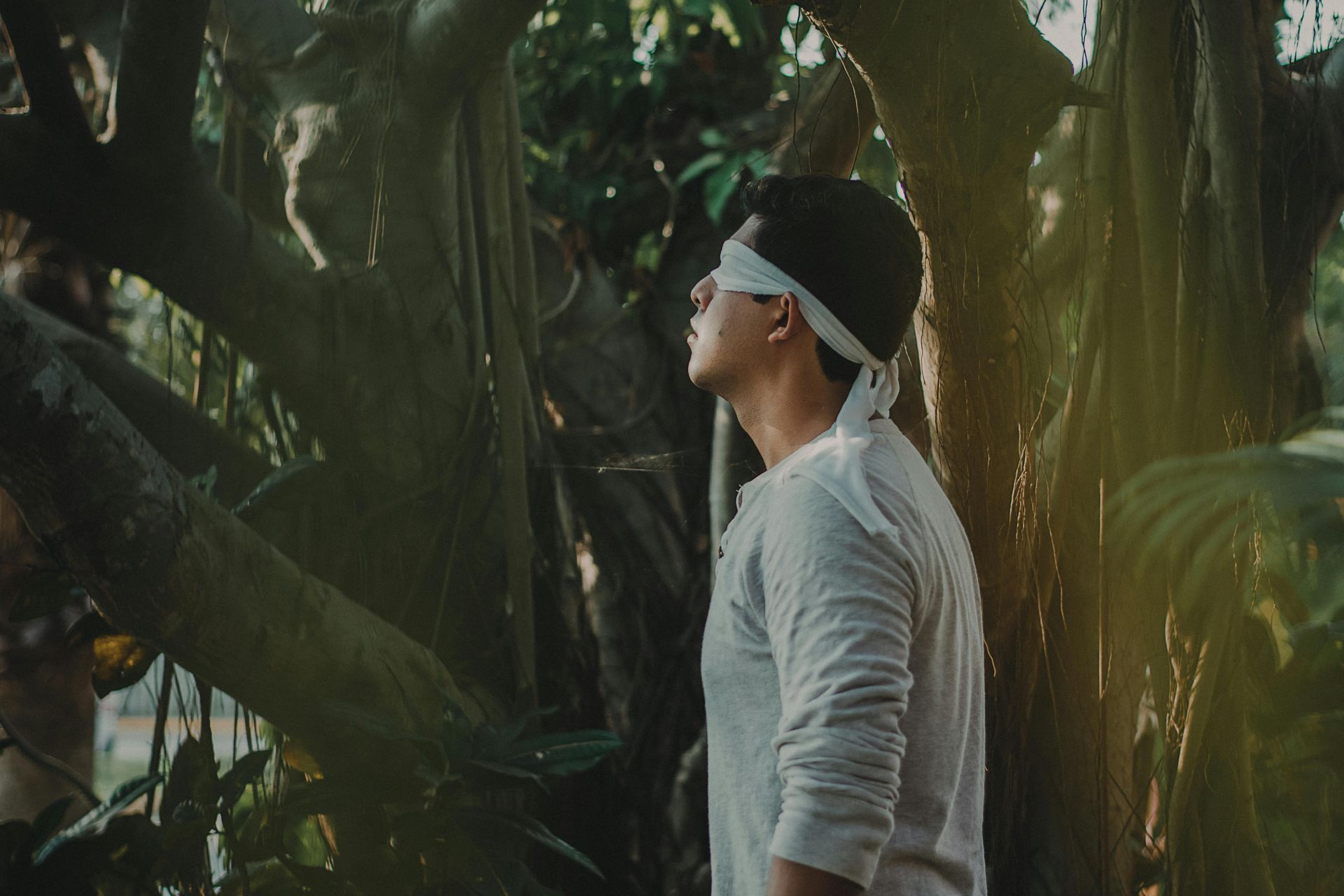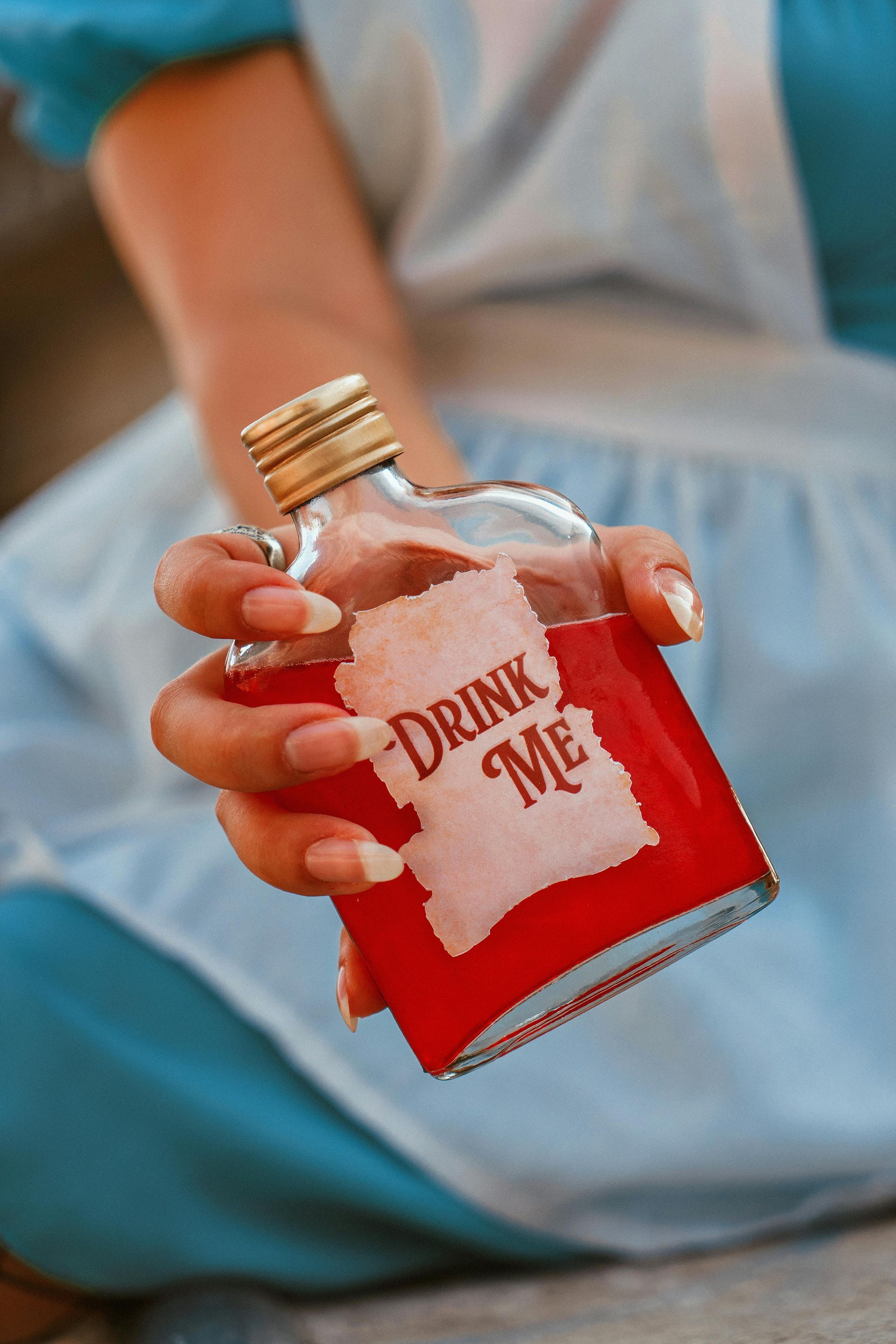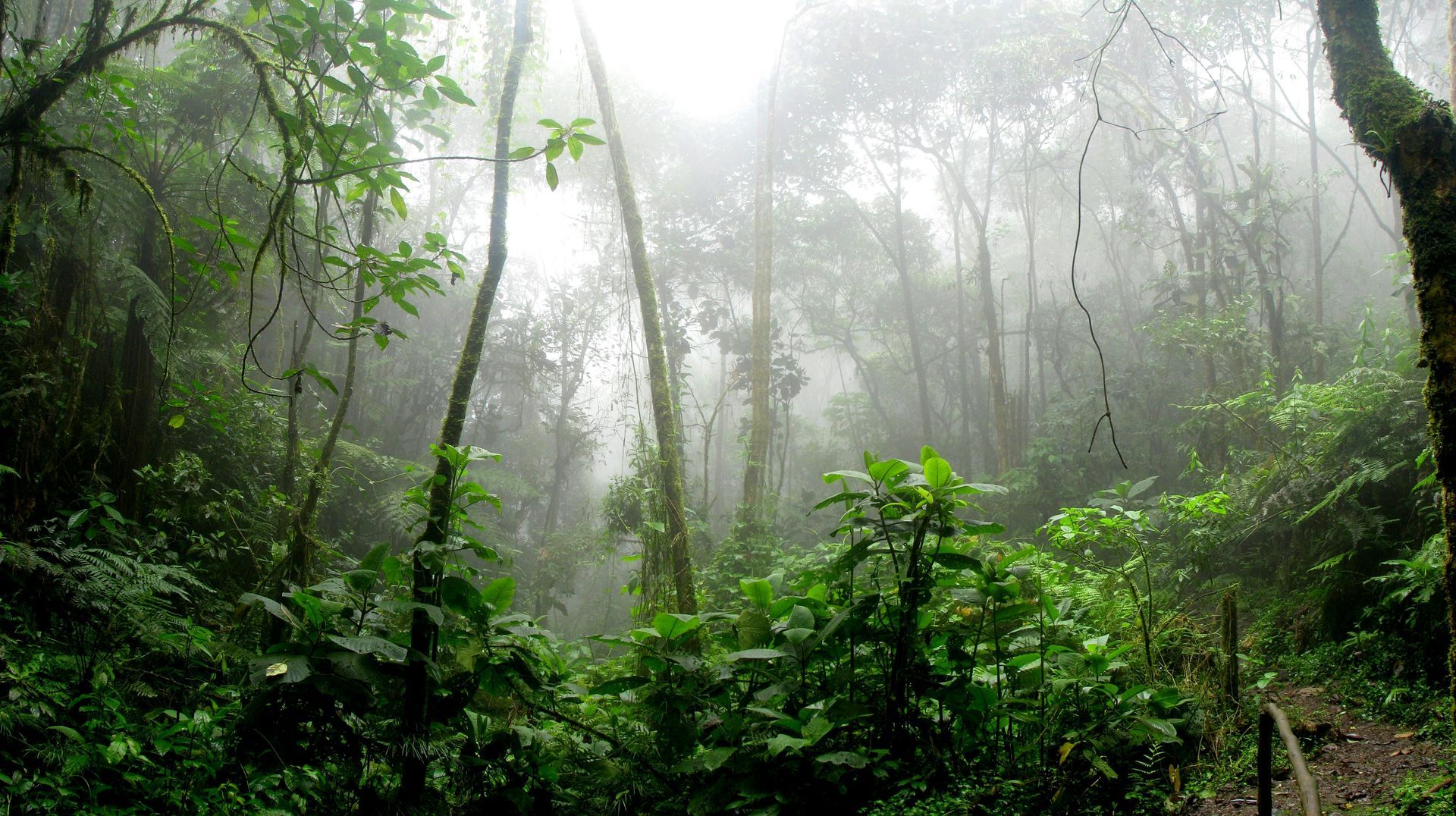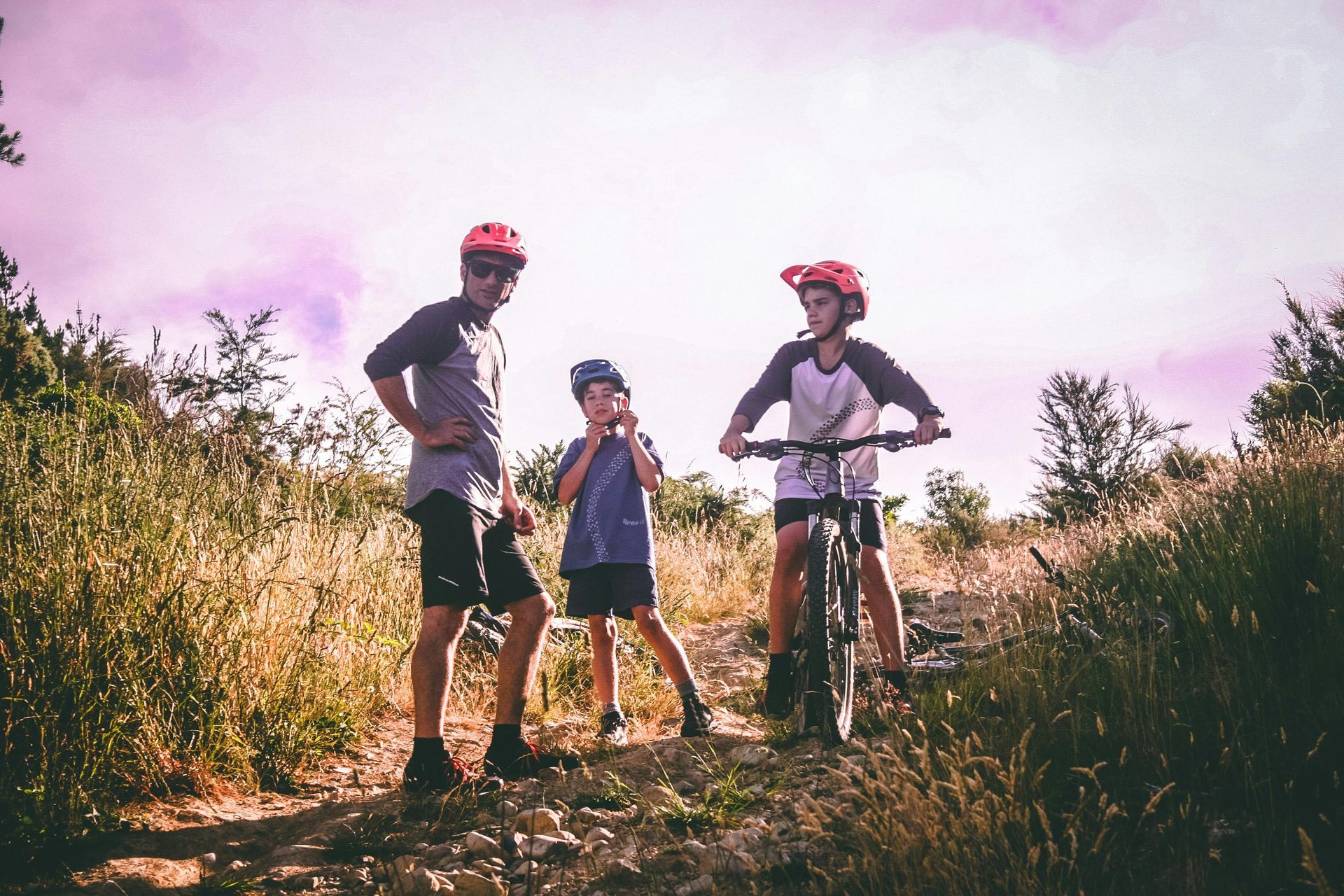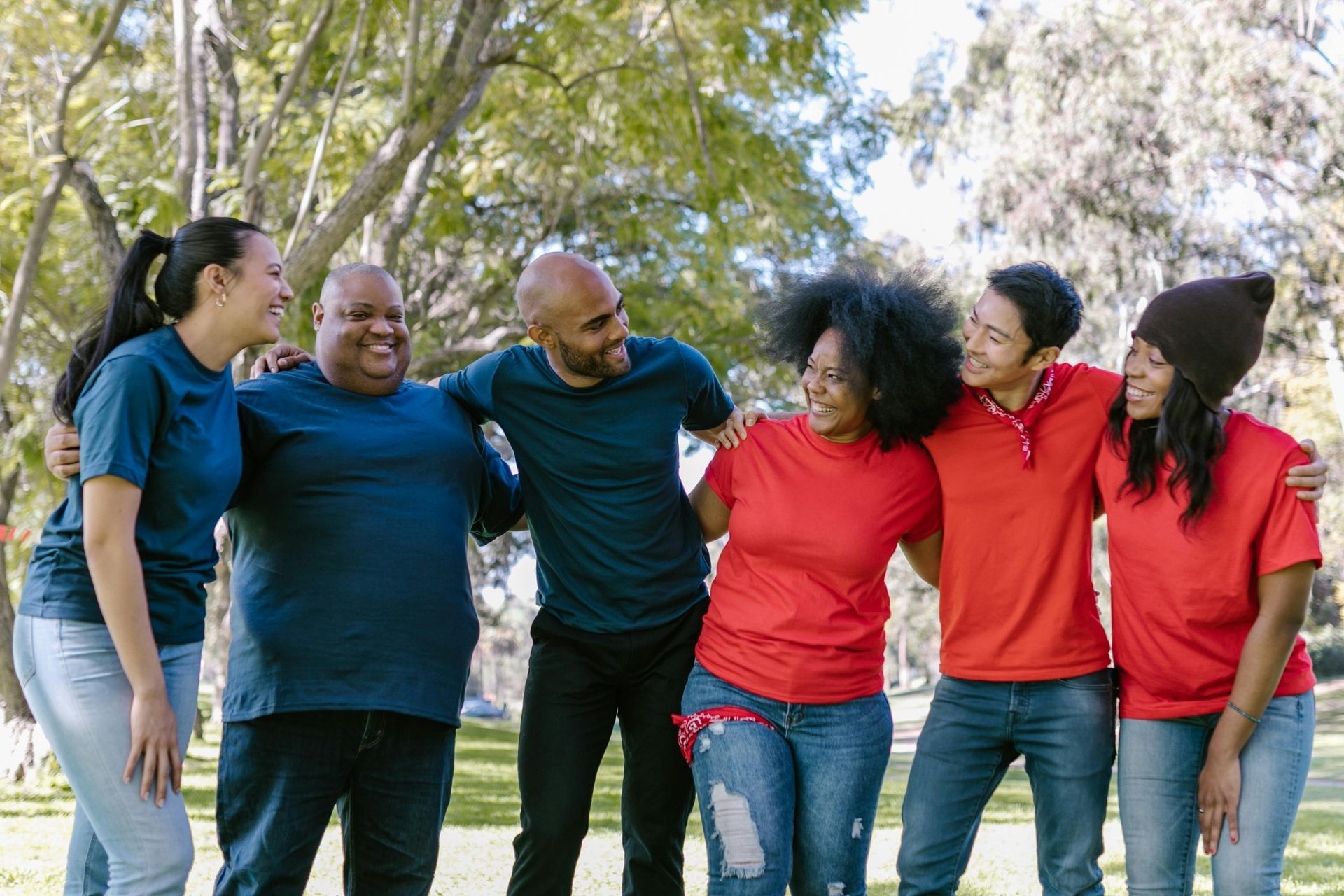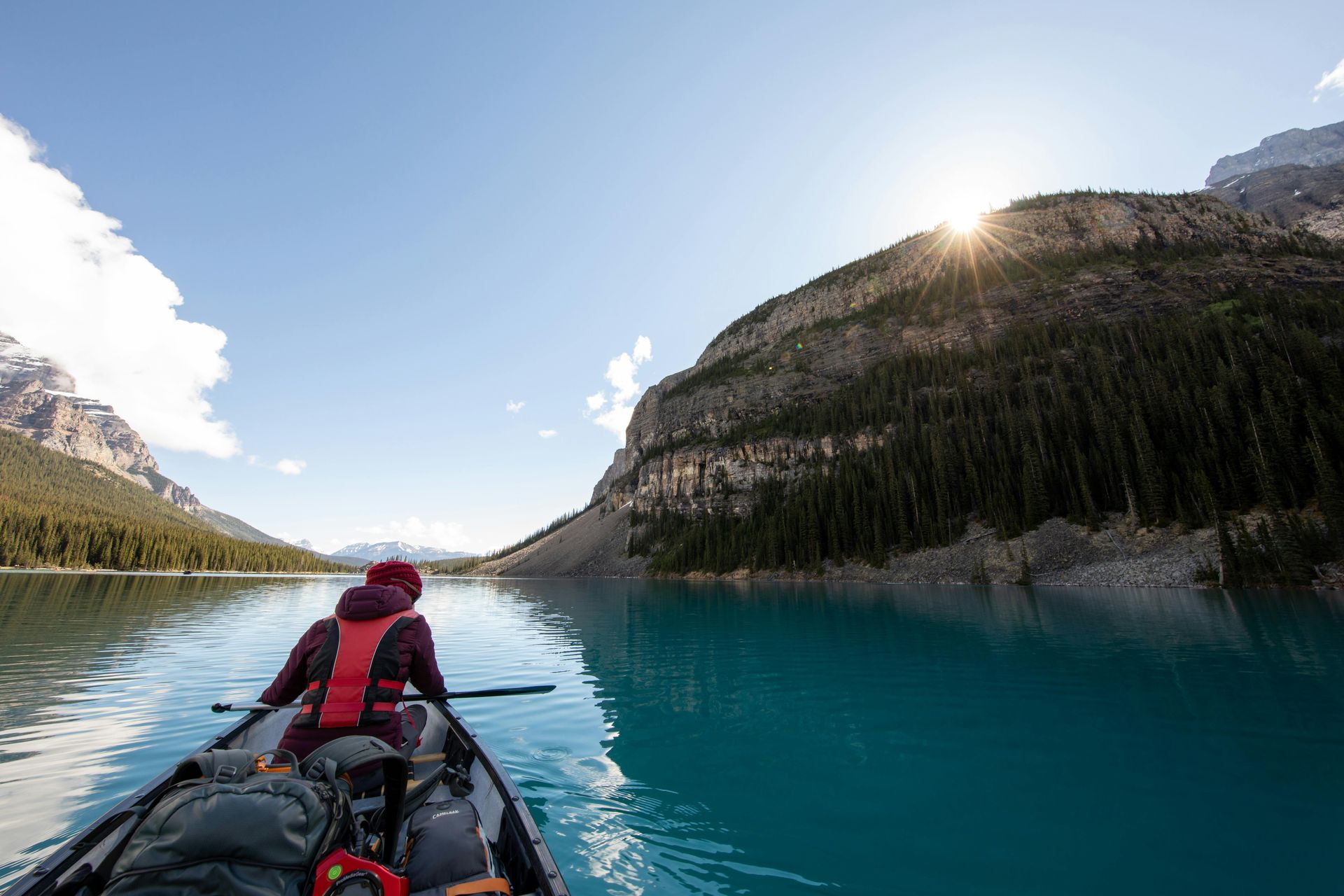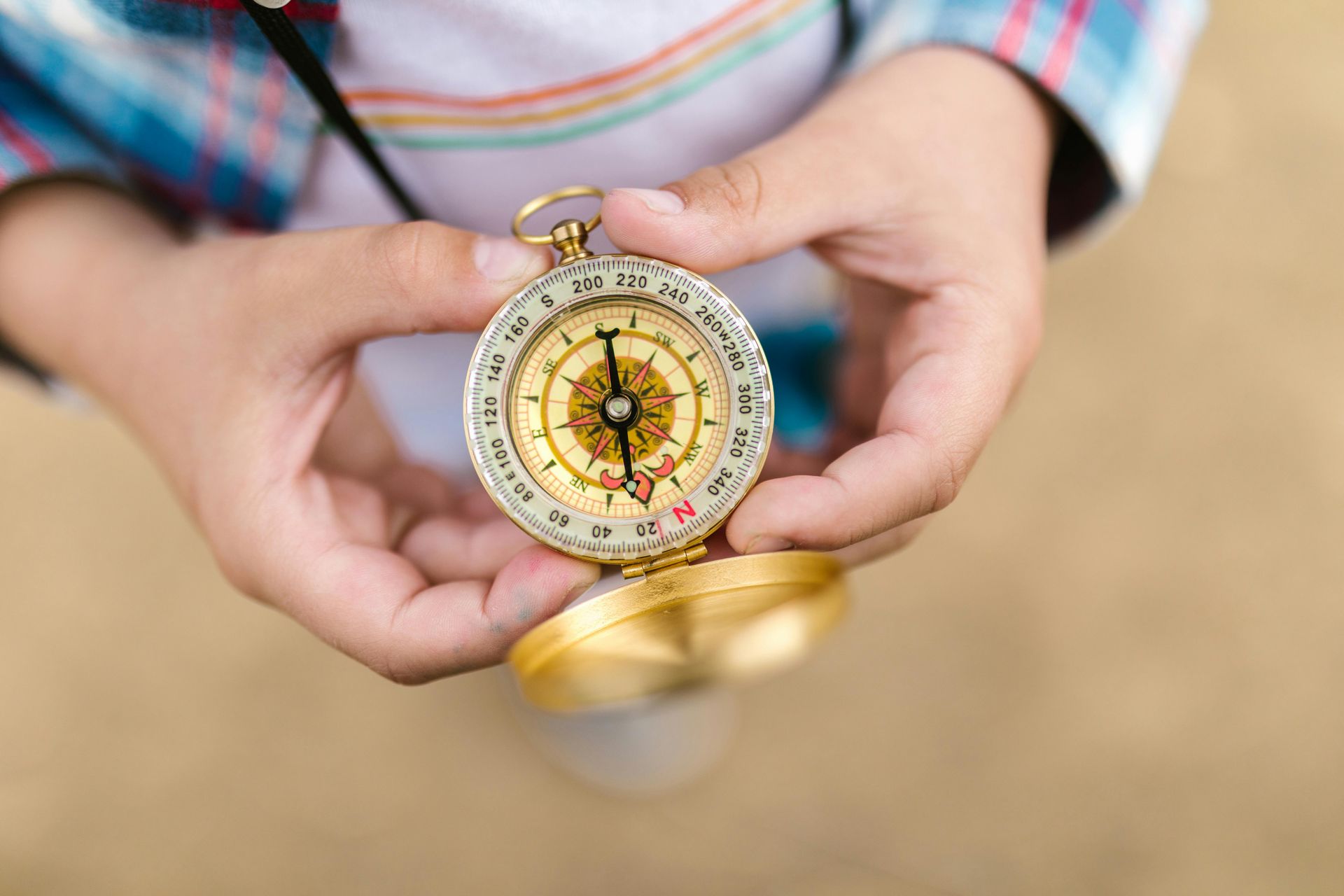"It's Only Just..."
Understanding Adolescent Risk Perception on Excursions

The way adolescents perceive risk is fundamentally different from how adults do. This isn't a one-off issue that can be easily addressed; it's an ongoing challenge in experiential education that requires constant attention and a specific approach to management.
I see it time and time again across all activities, be it skiing, canoeing, or hiking. I’ll see a student without a helmet or a proper jacket, and when you challenge them on it, you get the classic excuse: "But it's only just…"
And therein lies the problem. This mindset—that a short distance or a brief moment somehow negates risk—stems from a core difference in how their brains are wired.
A Case Study in the Cold: When Forethought Fails
On a recent visit to the US, I was struck by this problem at a bus stop in Park City, Utah. It was around -20°C, and the air bit viciously. While rugged up in six layers, I noticed two teenage girls huddled together, shivering in nothing more than leggings and a light top.
Listening in, it became clear they’d ducked out to the shops and didn't think they’d need a jacket because it was "only just" down the street. The bus was late, and they were visibly distressed by the cold. After giving them my hand warmers and waiting a few more minutes, I suggested they go inside a restaurant opposite, promising I’d signal when the bus arrived. They dashed across the road into the warmth.
When the bus finally came 10 minutes later, I waved them over. This incident highlights a serious issue: it’s not the same as risk-taking behaviour where teens actively seek out thrills.
This is a total lack of forethought. The adolescent brain is often purely focused on the reward or the outcome, not the details in between.
From Incident to Insight: The Teachable Moment
While this poses a massive challenge from a risk management point of view, it also provides incredible learning opportunities. No amount of clear instruction will ever be enough for some; they need to experience the consequences firsthand.
On a ski program I worked on, we instructed all snowboarders to wear wrist guards to mitigate one of the sport's most common injuries. One boy in 10th Grade decided not to wear his on the very first run. He fell, put his hand out, and broke his wrist. When I asked him at the medical centre where his wrist guards were, he said, "Umm… I had them on me! They were just in my pocket!"
I looked at him and said rhetorically, "So, what valuable lesson do we learn from this?"
Turning Misjudgement into a Learning Experience
As educators, we can never underestimate a student's inability to perceive risk in the same way we do. Even though the "only just" excuse frustrates me to no end, it provides a perfect opening for a debrief and reflection.
We need to use these opportunities where kids disregard risk and ignore their own well-being not as disciplinary issues, but as learning experiences. It's not about getting someone in trouble to prove that you're right. It's about giving them the chance to reflect on what they did, what happened as a result, and how they can learn from the mistake so they don’t repeat it in a more critical context.


